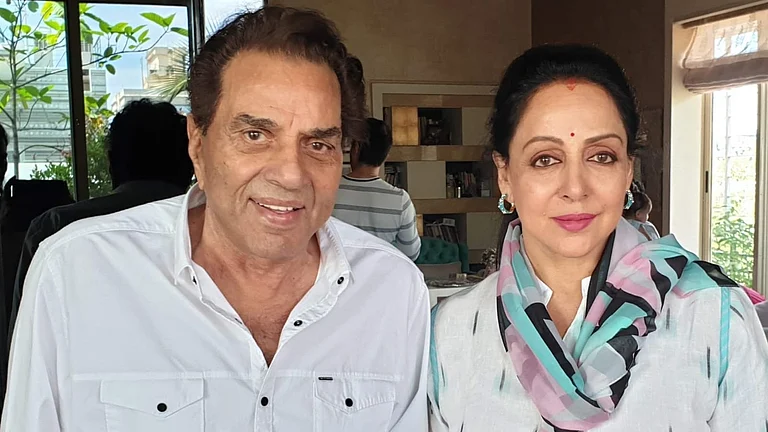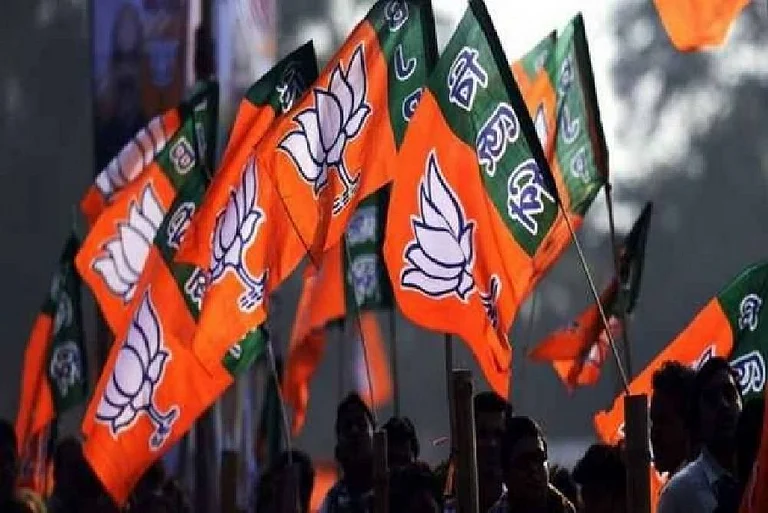How ready is India for widespread replacement of classroom teaching with online teaching? Is it a viable option for the vast majority of our children from families that are not socio-economically well-placed? The lack of representation of marginalised communities in policy-making means a solution designed for the centre is oblivious to its effects on the margins—and in India, the margins make up most of the space. Missing Connect (September 3) described the universal problems of connectivity: even if we assume those are remedied by handing out dongles and data packs, there are class, caste and gender barriers that interfere with equitable distribution of education at every level in public education. Consider just one fact. Most online resources are in English—developing quality resources in Indian languages will take serious investment. Even if teachers lectured in the ‘mother tongue’, we are operating across a massive class-ordained chasm. And it’s a whole generation of learners who will fall into it.
Gender first...the deepest layer, in that it overlays more discrimination across other, already discriminatory layers. A 2019 Cambridge study showed how poverty, a rural location and cultural perspectives all interact to restrict the quality of education for girls and women in Commonwealth countries, including India. Even when gender parity is achieved or approached in net enrolment ratios, showing increasing numbers of girls in schools, absenteeism and lack of learning is pronounced. Recent reports speak, depressingly enough, of girls being pulled out of school—even being pushed into child marriage—during the lockdown. And the number of women with mobile phone access is approximately half that of men. While 31 per cent men use smartphones, it’s 24 per cent for women—with a 57 per cent gender gap in access to internet. A study by Azim Premji University scholars in peri-urban Bangalore showed other typical traits: females owned less sophisticated models of phones.
Now, caste. Following Ambedkar, several scholars have established a long, rich tradition of Dalit scholarship, offering insights into how caste-based discrimination permeates existence at every level. The facts presented below only pertain to the digital divide, and represent the tip of the iceberg. Most publicly available surveys suffer from sparse or no data about caste representations among students or teachers in schools and colleges—even if they collect them. The India Exclusion Report (2016) only addresses rural/urban and male/female discrepancies in access to digital infrastructure. After 1931, the Indian census has never published OBC data, which makes it harder to obtain reliable datasets for analysis; researchers are dependent on niche surveys. However, the trends are indisputable. Literacy among Dalit/Adivasi populations is consistently low—as are other key indicators of socioeconomic development like health. And the discourse on caste is primarily centred around atrocities—a recent computational study of large online datasets from The Hindu, Indian Express and The Times of India found reportage overly centred around victimisation and social unrest, with aspects of everyday life receiving minimum attention.
The rural/urban and gender divides also are of disturbing magnitude. Teachers in remote districts have been forced to set up work stations atop trees: that’s where they could get any connectivity at all. The LIRNEasia 2018 report on internet and cellphone usage in India reveals stark facts too. Some 61 per cent Indians between age 15-65 own mobile phones, but only 19 per cent use the internet—and only 28 per cent of all phones are smartphones. The urban-rural gap in mobile phone ownership is 22 per cent—highest among the studied Asian countries. Only 20 per cent of rural Indians use a smartphone—it’s 40 per cent for urban, a stark disparity since the latter demographic accounts for less than one-third of India.
Data on Household Social Consumption on Education from the National Sample Survey 2017-18 shows less than 6 per cent rural and only 25 per cent urban households have access to a computer. Analysed by caste, appalling inequalities become evident. Over 95 per cent of Dalit and Adivasi students do not have a computer at home—as against 80 per cent forward caste students. Same with access to the internet—85-90 per cent against 65 per cent. Set this against another fact: 77.8 per cent Adivasi and 69.4 per cent Dalit students are enrolled in government institutes, while over 52.2 per cent forward caste students are in private institutions. The CSDS’s 2019 Lokniti survey found 71-75 per cent of Dalits/Adivasis had no social media access (54 per cent for the other castes). These are not just dry figures; its manifestations are all around us. Delhi University’s sociology department reported that almost 50 per cent of students had not been able to attend online classes. Students from J&K and the Northeast had the most severe problems. On June 1, Devika, a 14-year-old Dalit girl from Kerala, took her own life because her family could not afford a smartphone that would enable her to take online classes. Her father, a daily-wage earner, was in extreme financial stress post-lockdown.
Forced online education has other implications. Not having an environment conducive to learning at home is one part—space, privacy and time, all are scarce. Home is also not the safe haven we imagine it to be for everyone. And robbing children of their school environment means millions losing out on their mid-day meals—approximately 9.12 crore Indian children are estimated to be suffering that loss. The economic uncertainty brought by the lockdown, which sent some 40 lakh migrant workers back to the village in acute distress, also bodes ill for school enrolment. Poverty and an uncertain future is one of the main causative factors for dropouts—voluntary or otherwise. It’s early membership in unorganised labour that awaits boys—in the case of girls, domestic work. Without even basic access to food, water and shelter, they will be among the biggest sufferers if education delivery is pushed online.
Data from Africa in the wake of Ebola in 2014 shows the longer schools stay closed, the higher dropout rates soar. In the absence of viable educational spaces, girls, adolescents and pre-teens are also often forced into underage marriage—even sex work. The rates of abuse also see a sharp upsurge. The pattern has been repeating itself during this pandemic in India, according to most sources. School education is what provides countless Indian girls an alternative to being forced into marriage against their will.
In short, perpetuating online education as the only viable mode, overly depending on technology-heavy modalities, depriving government schools of key resources while subsidising private schools…all of these will entrench structural discrimination that will disproportionately affect students from minorities, disabled and historically marginalised communities. This can be a fatal blow to Indian education, and will be in conflict with the Right to Education Act of 2009.
So what can be done? How to balance the needs of physical distancing and providing equitable education for all? To begin with, boards and universities need to adjust their evaluations for the current academic year; the normal grading rubric is simply impractical. In a bold move, and a first among Indian states, Assam has extended academic year 2020 till March 2021. Punjab too has granted an extension, and directed schools not to deregister students who cannot pay their fees. DU too must be more empathetic; it can use projections from internal assessment scores, or extend the semester. Second, syllabi do need readjusting, but not haphazardly. (The CBSE promptly deleted key chapters on evolution and ecology, democratic politics, diversity, gender, religion and caste!) Instead of synchronous classes, stress can be on practising concepts. Most crucially, parallel modes of reaching out to students have to be thought of. Using TV channels for education is a promising alternative, if stable electricity can be ensured. This has been implemented by Maharashtra and Kerala already—with DD, Tata Sky and Airtel agreeing to broadcast six hours every day for free on the HRD ministry’s educational channels. Kerala also plans community study centres for students with no access to TV, tablet, computers or smartphones, although distancing will be paramount. The pandemic must be treated as a watershed moment for us to realise India cannot be at the service only of the most privileged.
(Views are personal)
Assistant professor of psychology at Ashoka University






















